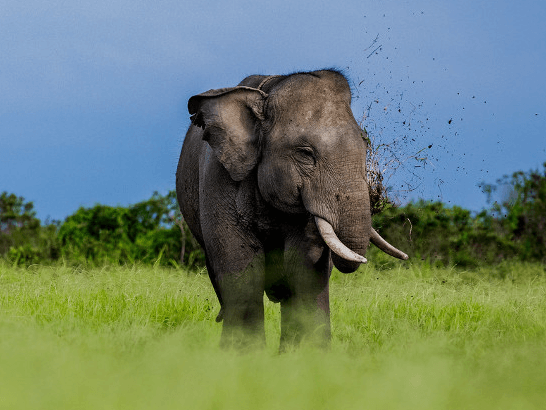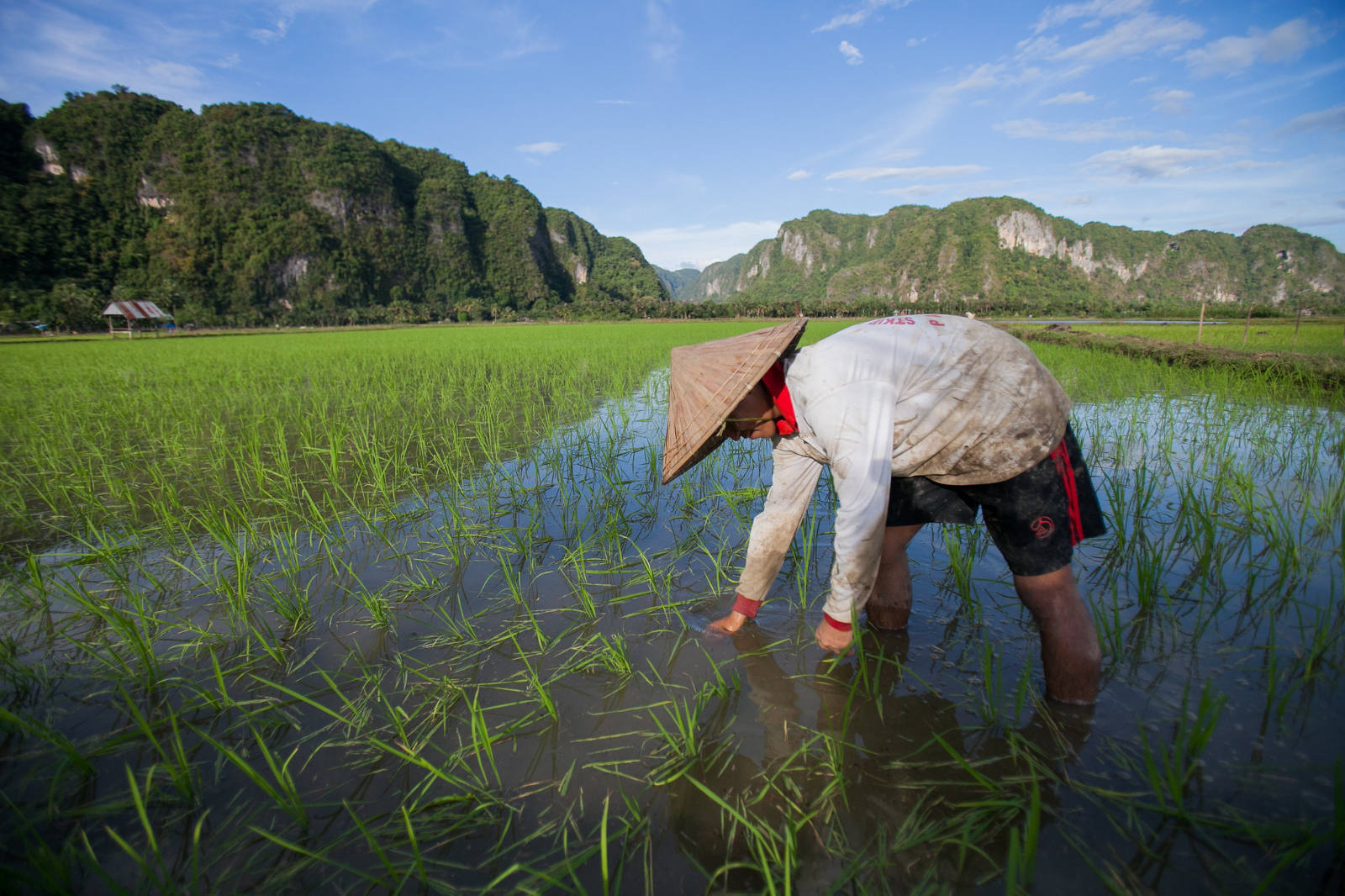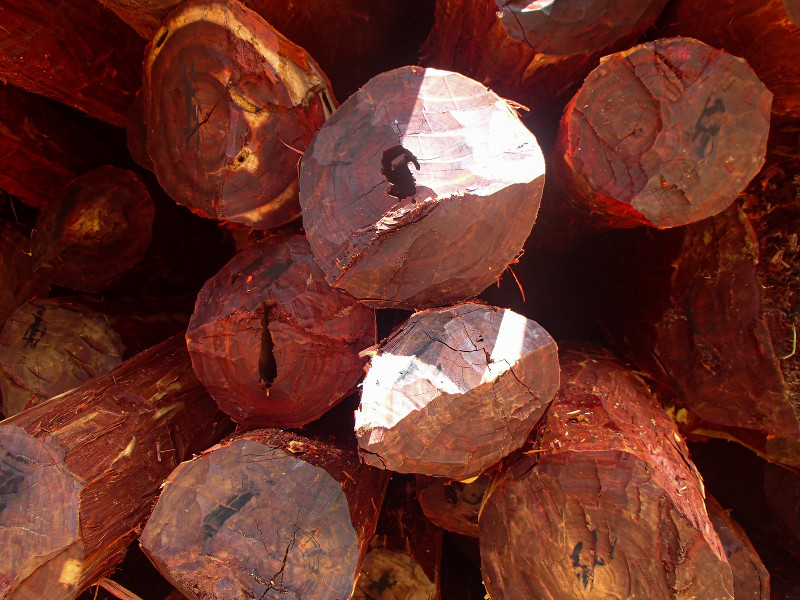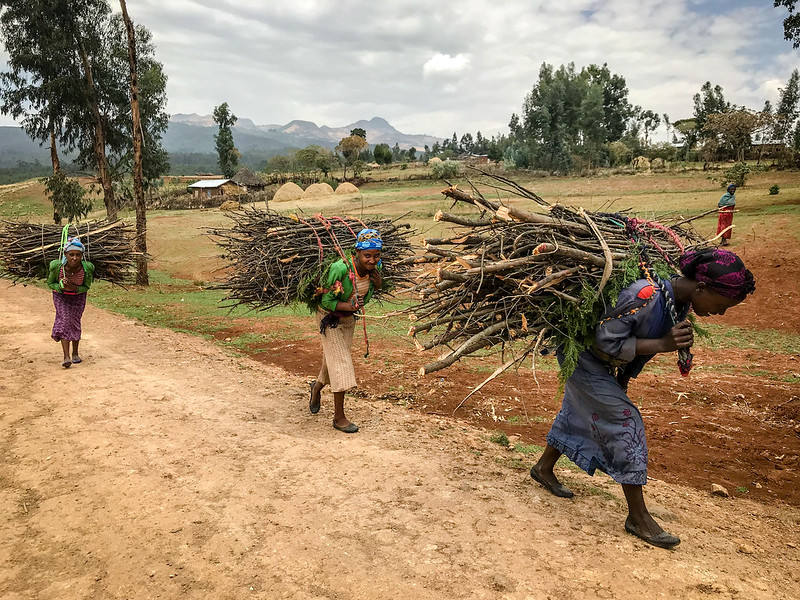Description
Restoring agricultural livelihoods in Africa’s drylands is inextricably linked to the restoration of the land itself. Land is the foundation for food and nutritional security, human well-being, and overall development. It is also the engine of economic development in many African countries. The role of land restoration in both capturing carbon for climate change mitigation, in enhancing resilience and capacity for communities to adapt to a changing climate, and in sustaining healthy ecosystems is widely acknowledged.
This Action builds on concrete and accessible tools and approaches for regreening (land restoration, farm diversification and livelihood improvements) implemented under ‘Regreening Africa – Phase I’. Lessons from the first phase form the basis of this second phase, including the need for enabling policy environments, incentives such as rural enterprises/restoration-based value chains/green jobs, a more diverse mix of restoration practices, more robust consideration of biodiversity and climate change, and the need to create and share evidence and experience to support rapid adaptation, scaling, and investments.
This Action is implemented in Somalia, Ethiopia, Ghana, Nigeria, Mali, Senegal and Niger.
The Overall Objective of this Action is to strengthen the resilience (adaptive capacity, land health, diverse production, and livelihoods) of communities across the Sahel and Horn of Africa in the face of climate change, land degradation, and food/nutritional insecurity through regreening.
is achieved through three Specific Objectives:
1. Additional 200 000 smallholder farming and pastoral households adopt and refine diverse, appropriate, and profitable regreening practices and hundreds of thousands more are incentivised to do the same through a supportive policy environment, conducive local governance, women and youth empowerment and enhanced knowledge and investment.
2. Smallholder farmers and pastoralists, local and national governments, civil society, and private sector partners increasingly use restoration evidence to enhance and adapt their decision-making.
3. Green and restoration-focused rural enterprises, youth/women-oriented employment opportunities, and tree-based value chains are upscaled and strengthened.



























